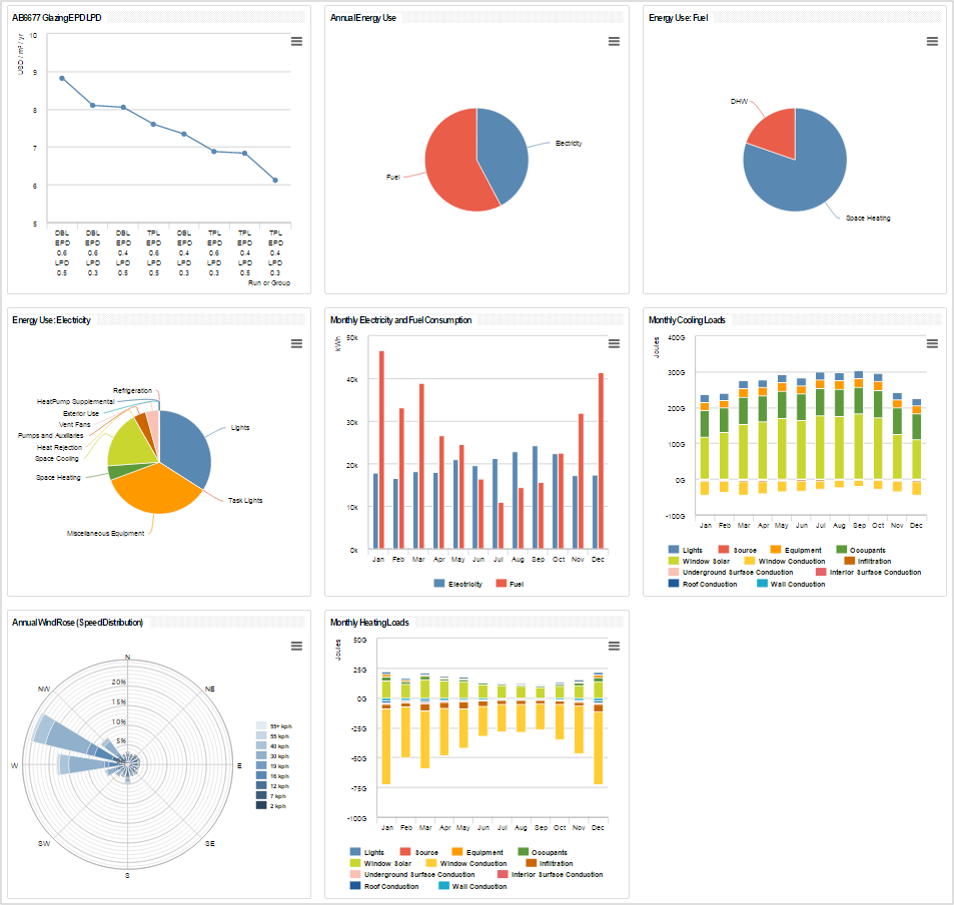Autodesk Insight Green Building Studio
Posted By admin On 31.01.20
.png)
Within this study, an energy analysis was conducted on a single-storey residential building located in New South Wales, Australia to identify spaces that were responsible for high energy loads and develop passive heating and cooling design strategies in attempt to minimize external load generations. Based on the simulated 'heating and cooling loads' results, both windows and walls of the building were associated with large heat gains and excess heat losses during the summer and winter periods respectively. Due to the constraints of building improvement, only the glazing components were considered in this study. The 'spectral-selective glass' (PPG Solarban 70XL IG) was shown to significantly reduce solar heat gains as well as the 'insulated low-E glazing' to a lesser degree. Manam telugu full movie watch online. Although the replacement of both glazing types were shown to reduce external heating and cooling loads, with spectral-selective glass being the most impactful, the total cost of glazing replacements and payback period must be considered.
In addition, such cost should also be compared with other passive heating and cooling design strategies that have not yet been considered which would impact the final decision in improving the building's energy performance. NB: The selected weather file was sourced from a GBS virtual weather station that was 6.2km away from the intended site.
Because the file was generated for the year 2006, it does not accurately reflect the long-term averages of the site's climatic conditions and any outliers that occurred during that year would bring uncertainty into the simulated results. Due to the absence of physical weather stations with long-term datasets that were appropriate for the site, the selected weather file was considered for the completion of this study. Several 'heating and cooling load' results were generated using Revit, Insight 360, Green Building Studio (GBS), and Project Solon. These results were somewhat relatively consistent amongst each other. According to Revit's Load Report and Monthly Load graphs from GBS (and Project Solon), majority of external load gains were caused by the large acceptance of sunlight into the building through the window elements as well as conductive heat losses through both the window and wall elements during the colder climates. By visualizing the thermal loads in Insight 360's Model View, the 'Bedroom 1', 'Bedroom 4' and the 'Rumpus' spaces inherited relatively high energy loads. Ideally, these spaces with large thermal loads should have its walls and glazing replaced with better thermal properties.
However, it may not necessarily be a cost-effective solution, especially for wall reconstruction. For simplicity's sake, only the glazing replacement of the entire building are considered.
Autodesk Revit Insight Student Download
The replacement from '1/8 in Pilkington single glazing' (VLT = 0.9, SHGC = 0.86, U = 3.6886 W/m2.K) to 'PPG Solarban 70XL IG (spectrally-selective glass)' (VLT = 0.63, SHGC = 0.27, U = 1.26 W/m2.K) caused a noticeable improvement in reduced cooling loads due to lower SHGC, or in other words, less solar heat gain into the building. In addition, lower U-value translates to less conductive heat losses through the glazing unit to the ambient. The choice of replacing to 'insulated clear low-e' glazing (VLT = 0.7, SHGC = 0.44, U = 1.68 W/m2.K) had similar results but was less effective than the former case as shown in the monthly heating and cooling load graphs. Although the glazing replacement of a spectral-selective glass would be the best choice in terms of reducing energy loads, the total cost of replacing such glazing types must be compared to not only the other types of glazing elements but other alternate passive heating and cooling strategies that have not yet been considered such as shading.